George William A. Rodger was a British photo reporter, born in 1908 and died in 1995. He is known for taking the first photographs of the death camp in Bergen-Belsen at the end of the Second World War.
Sailing around the world, he wrote accounts of his travels and illustrated them with his own pictures, but without being able to publish them. After a short stay in the United States, where he held various jobs in difficult conditions, due to the economic crisis, he returned to England in 1936. In London he was lucky to find a photographer job for BBC, then to work for a moment for the Black Star Agency, as an independent photographer. His work was published at that time in illustrated magazines like Illustrated London News or Picture Post.
During the Second World War his photographs of the blitz in London earned him employment as a war correspondent with the Free French Forces in Black Africa on behalf of Life, and he accompanied the Allies on the liberation of France, Belgium and Holland. He wanted to write himself the texts accompanying his photos. He traveled through a great number of countries and regions, the Sahara, Burma, Syria, India, Egypt, Sicily, Normandy, Belgium, the Netherlands, and so on. He was probably the only photographer authorized to cover the retreat of the British forces in Burma and to carry out a report on the Burma Road with the special permission of the Chinese General Staff. George Rodger's war photographs testify to his attachment to showing the human aspects, rather than the horror scenes and the "sensational" aspects of the conflict.
After discovering the horror of the Bergen-Belsen concentration camp, the starving survivors and the piles of corpses, he revealed to the world the reality of the death camps, thanks to his reports in Life and Time. Realizing that he had actually spent hours in the camp searching for the best compositions to show the corpses among the trees and buildings, Rodger even thought, after this traumatic experience, to completely stop the profession of photographer. Nevertheless, after leaving Life, he continued to travel to Africa and the Middle East, meeting a world that had not yet been corrupted by Western "civilization." During 3 years, he went to the rituals and manners of the people who still lived in close contact with nature, the Baris to Uganda, the Dinkas, the Noubas of the Sudan, and so on. **Most of his stories have been published by National Geographic **.
In 1947, George Rodger founded the Magnum Agency, with Robert Capa, Henri Cartier-Bresson, David Seymour and William Vandivert.
Beginning in 1960, he retired to Kent and did not give up his activities as a globe-trotter. In 1978, his report on the ceremony of circumcision among the Maasai, of whom he had gained confidence, was a model of the kind by the feeling of respect and density that emerges from it.

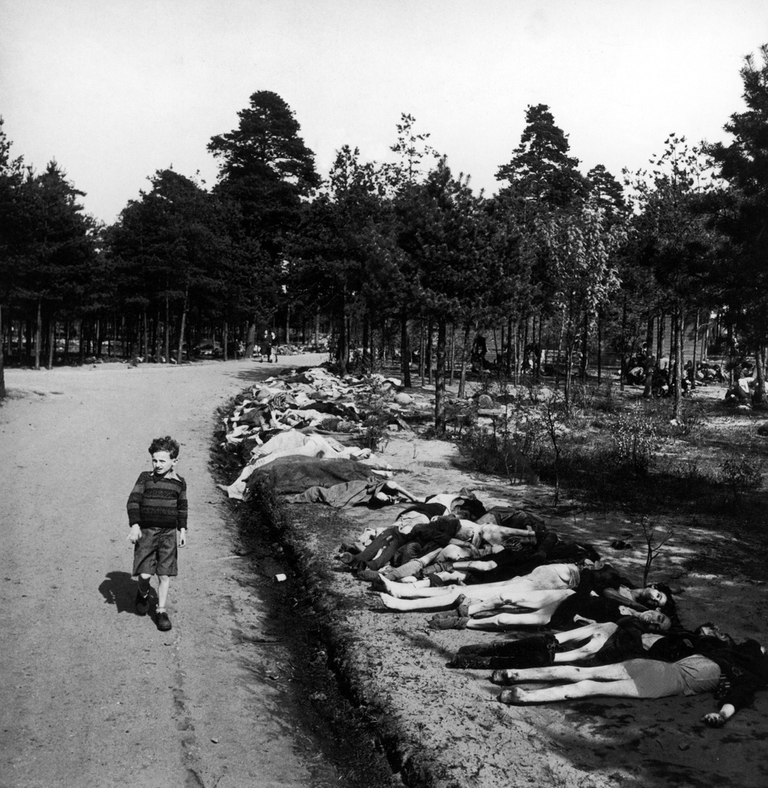

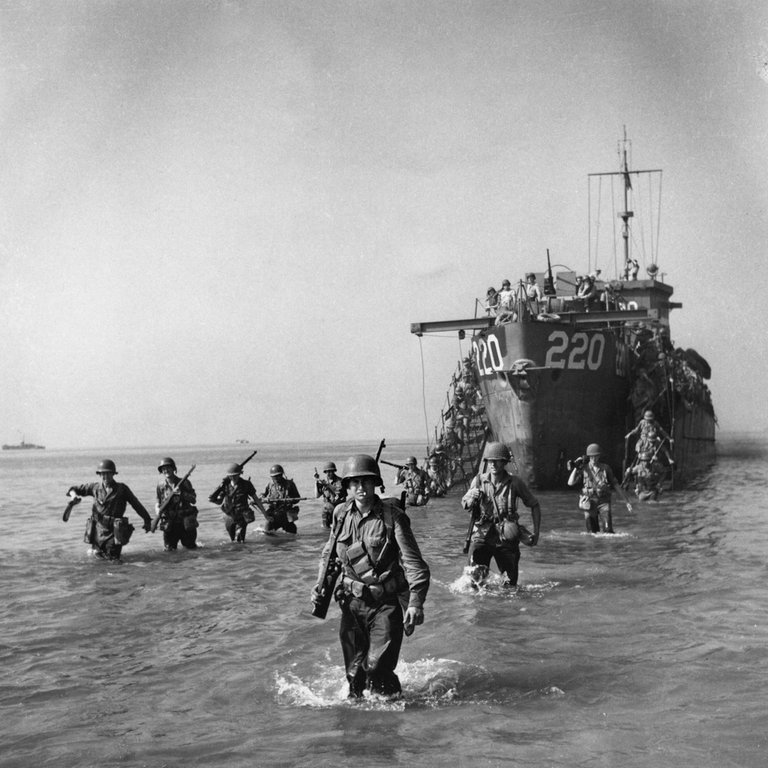
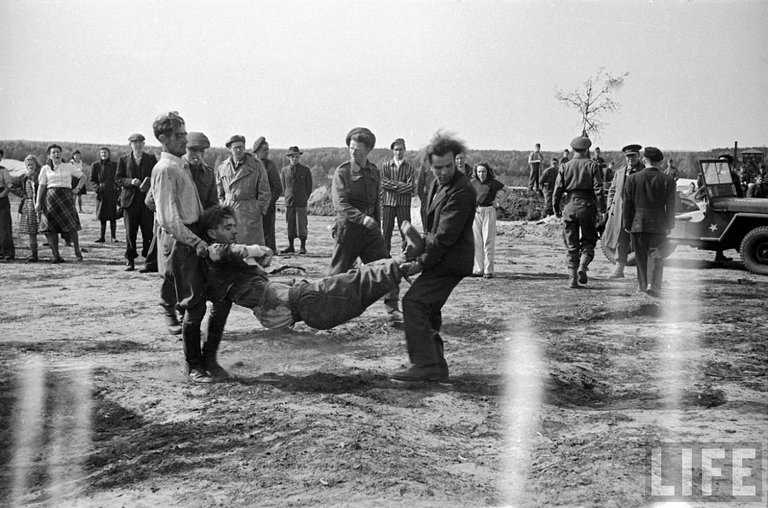

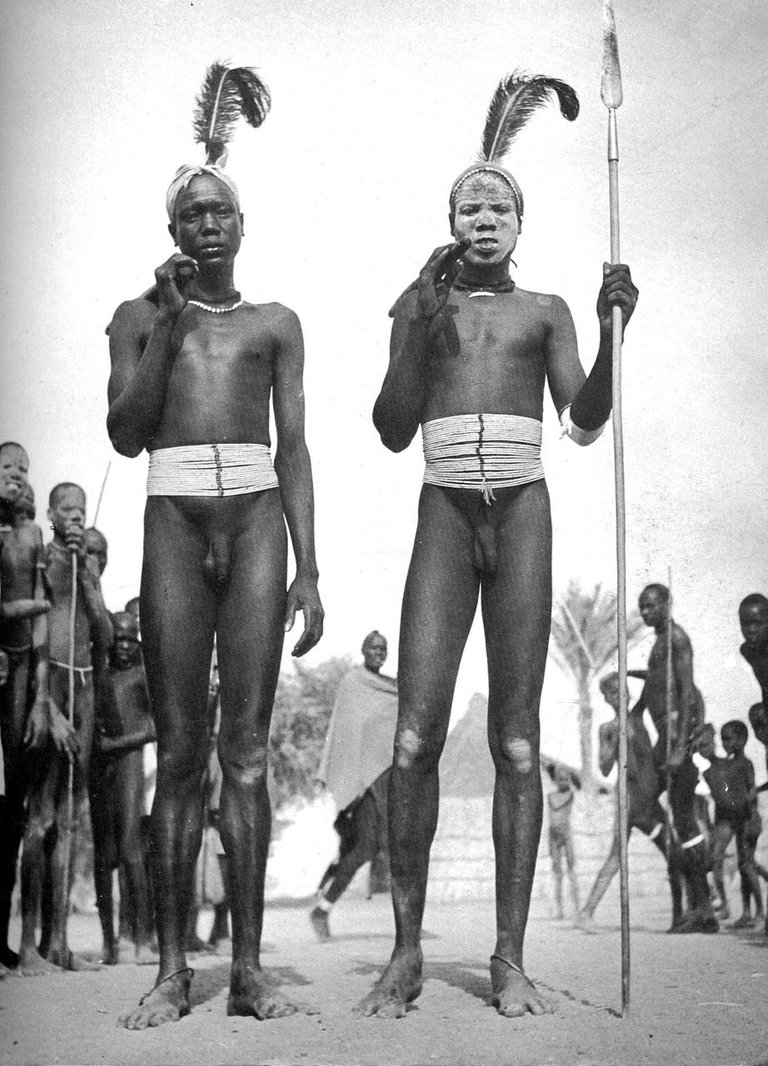

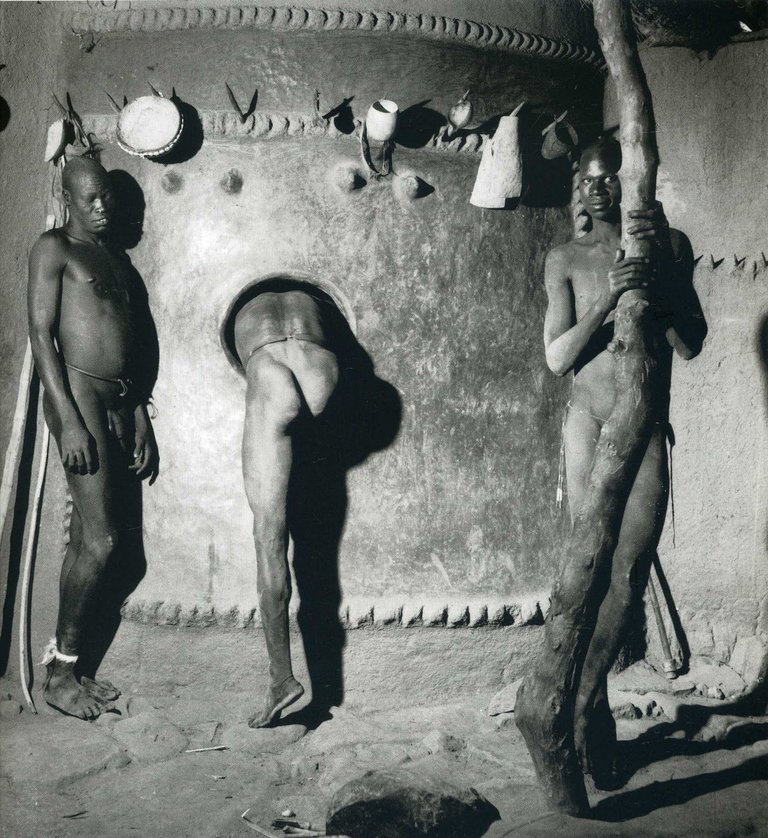
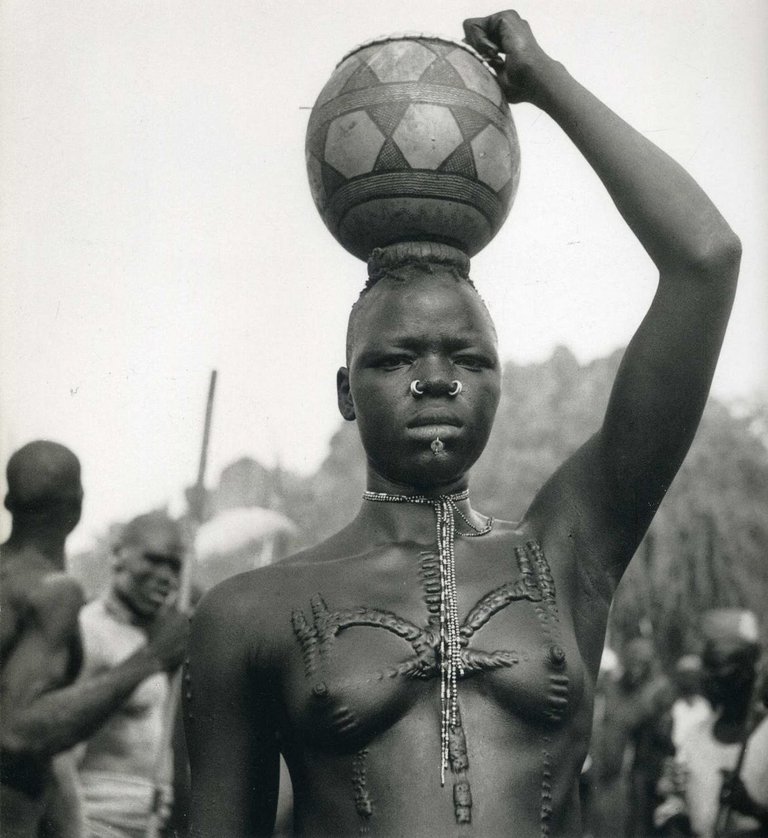
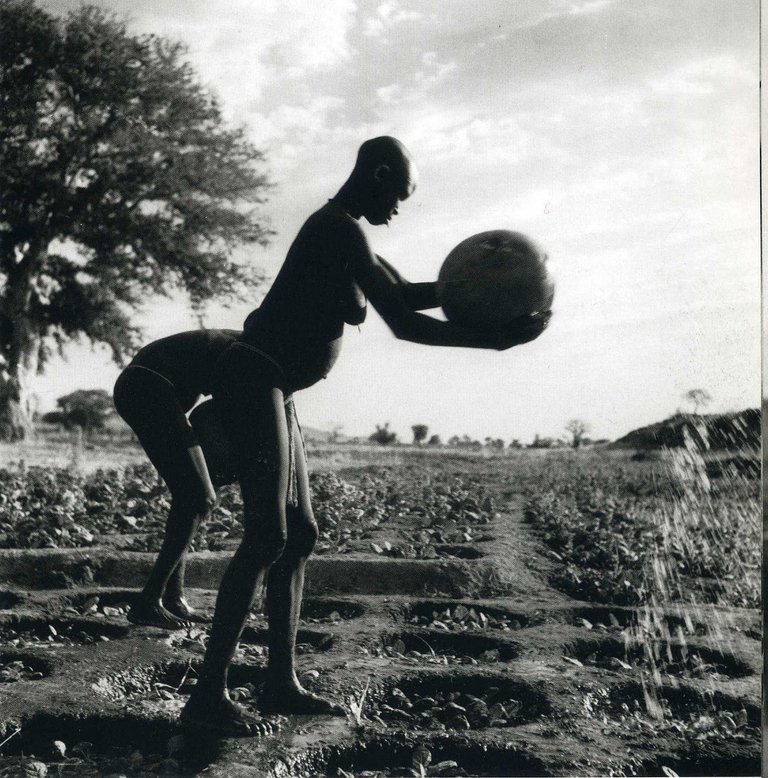
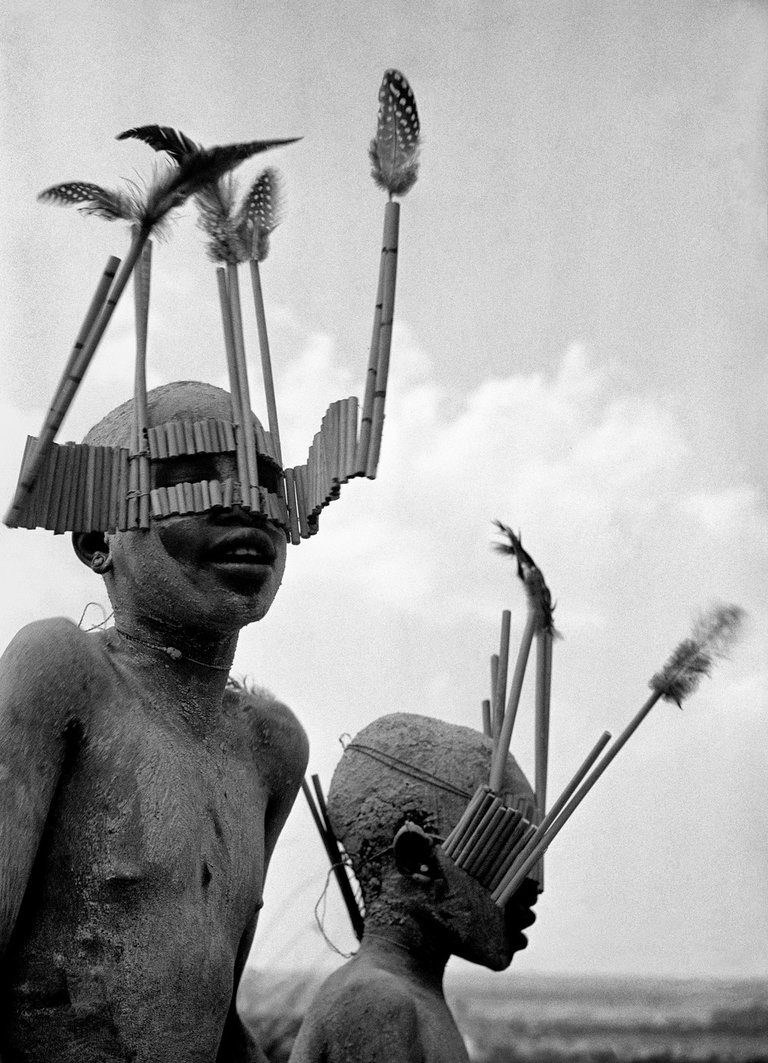
The sum of small efforts gives huge results
@siavach, happy steemian, photographer and salsa dancer
All my photographs are free right only on Steemit and Busy
Busy Beta Tester
Wow these are incredibly sobering photographs, thanks for sharing!